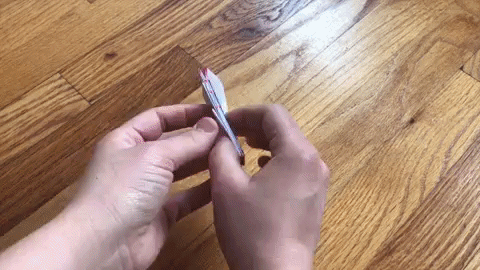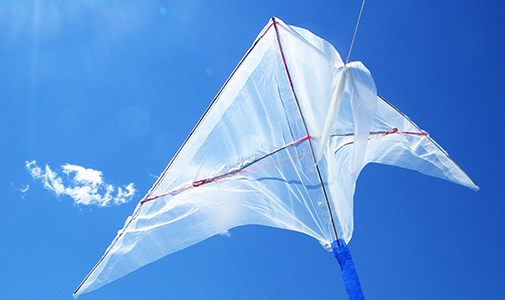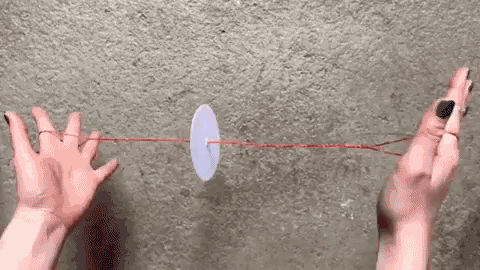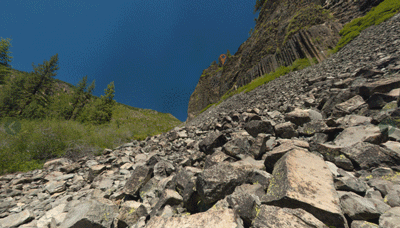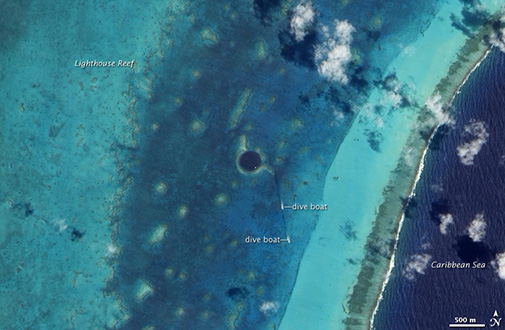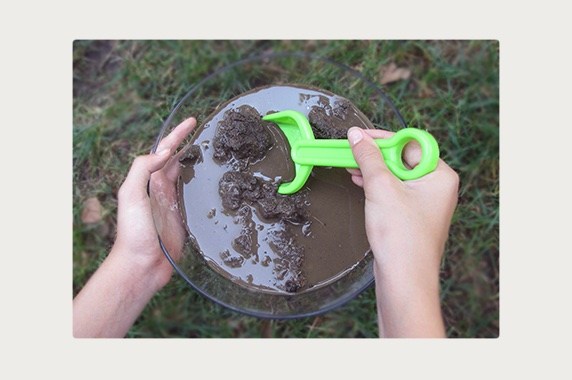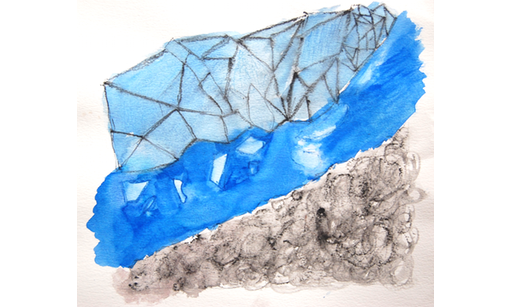The Many Uses Of Tessellation And Miura Folds
Make an origami fold that can compress rigid materials, and study the tessellation it creates!
Science Friday Spoonfuls
Classroom-ready doses of current science, technology, and engineering stories.
Make a Kite With Physics
Build a delta kite and explore some of the forces involved in flight. Challenge your design skills to improve your kite’s stability in the air.
Build An Ultra High-Speed Toy Out Of Paper
Make a paper toy that spins thousands of times per minute, and then measure, and try to modify, its speed.
Embark On A 360-Degree Geologic Expedition
Learn how to decipher some of the physical processes that shaped the land structure, or “geomorphology,” of parts of California in this virtual field trip.
Memories in the Mud
Create a simulated sediment core and use it to identify the number of tropical cyclones that swept through the area near Belize’s Blue Hole. Learn how scientists use sediment cores to get information about weather events dating back 1500 years.
Investigating Community Food Webs: The Ecological Importance of Spiders
Students design and construct their own webs out of yarn and paper plates, test how effective they are at capturing Ping-Pong “pests,” and see how the removal of pests affects crop yield.
Celebrate World Science Day by Doing Science!
A collection of science experiments and activities to celebrate World Science Day
Six Things You Can Break Down Right Now
Sometimes the best way to learn about something is by taking it apart. Here are six things you can break down in 10 minutes or less.
Illustrated Graphs: Using Art to Enliven Scientific Data
Create an illustrated graph using real scientific data, and write an artist’s statement to explain your thinking. Try it with climate change!
